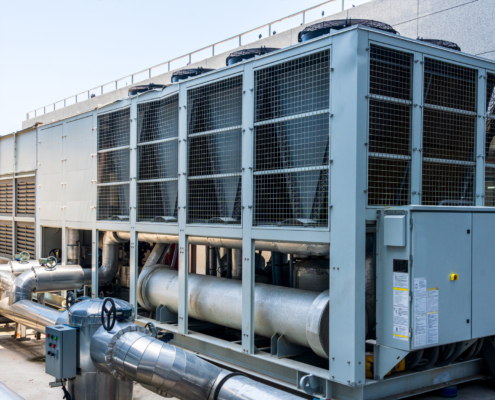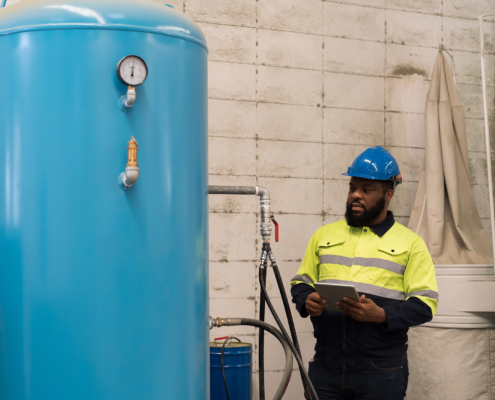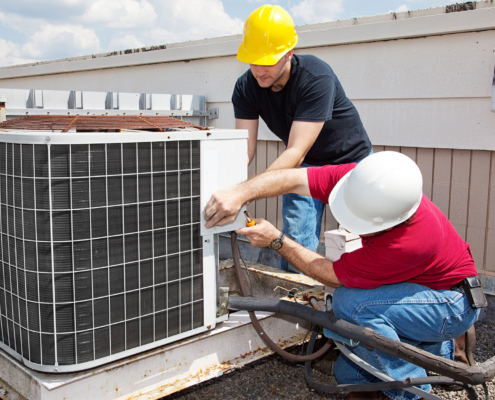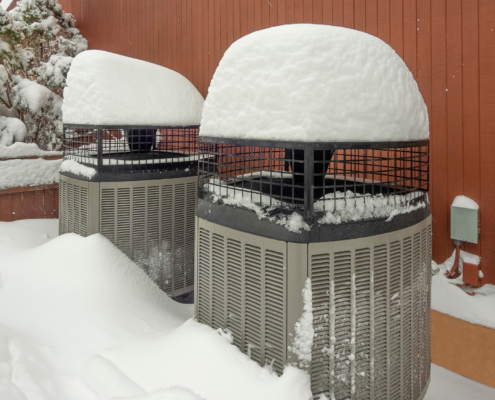A2L refrigerants are proving to be a practical and effective solution for the refrigeration and air conditioning industry. These next-gen refrigerants are increasingly used in both residential and commercial applications, from home air conditioners to large-scale supermarket refrigeration systems.
Their ability to deliver comparable performance to traditional refrigerants while offering significant environmental benefits makes them an attractive option, but there are still some things to consider. For example, transitioning from traditional refrigerants to A2L can involve several steps:
- Equipment upgrades or modifications to ensure compatibility
- Technician training for safe and effective handling
While this transition may present some initial challenges, the long-term benefits, such as reduced environmental impact and potential cost savings, can outweigh these obstacles.
Still, it’s essential to address potential concerns about A2L refrigerants. While they are classified as mildly flammable, they are significantly less flammable than other refrigerants like hydrocarbons. Additionally, stringent safety standards and guidelines are in place to minimize risks. To ensure safe handling and usage, it’s imperative to follow specific safety protocols:
- Proper ventilation
- Personal protective equipment (PPE)
- Adherence to equipment manufacturer guidelines
- Regular system inspections and maintenance
By prioritizing safety and following established procedures, the risks associated with A2L refrigerants can be effectively managed.












